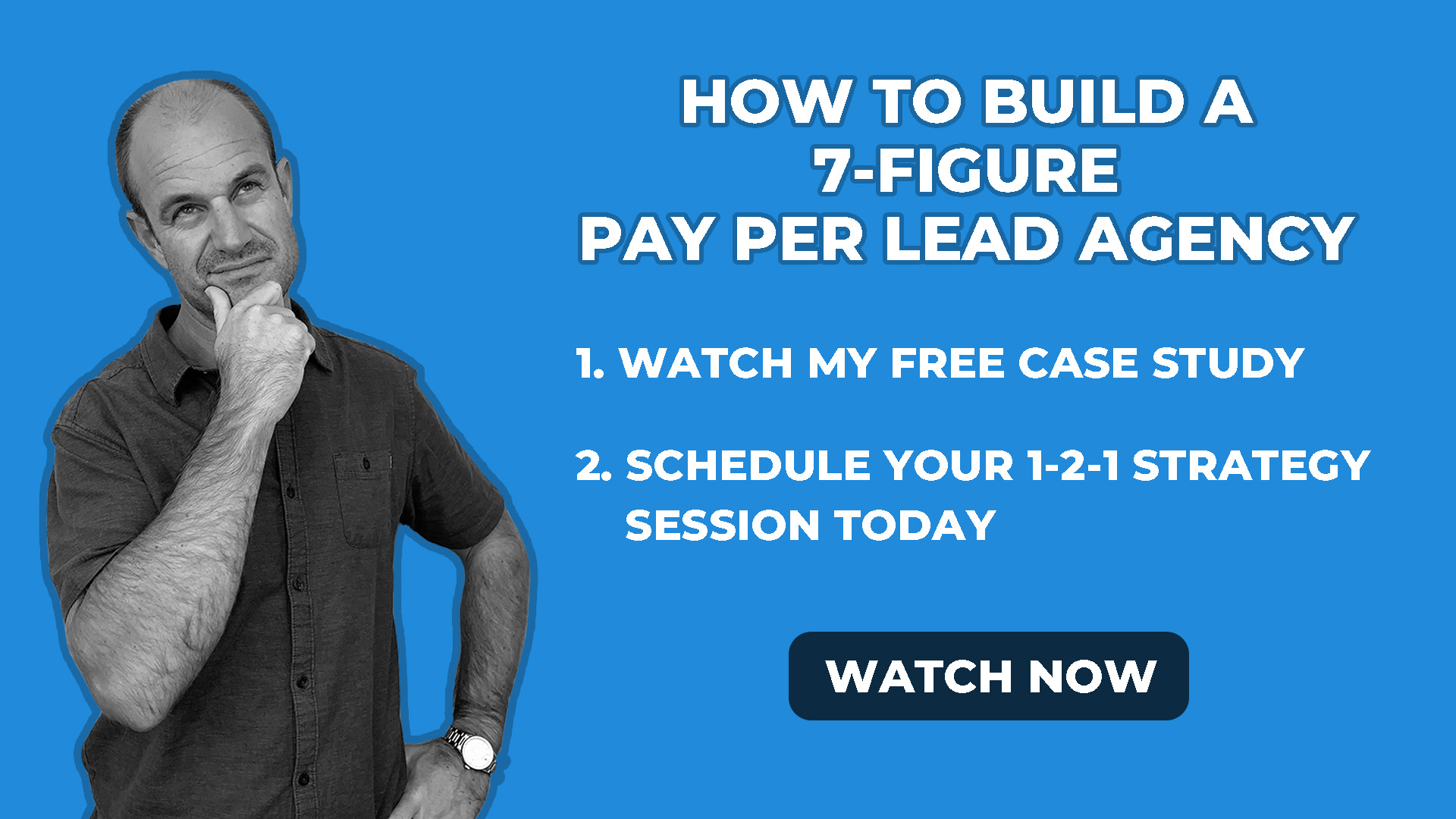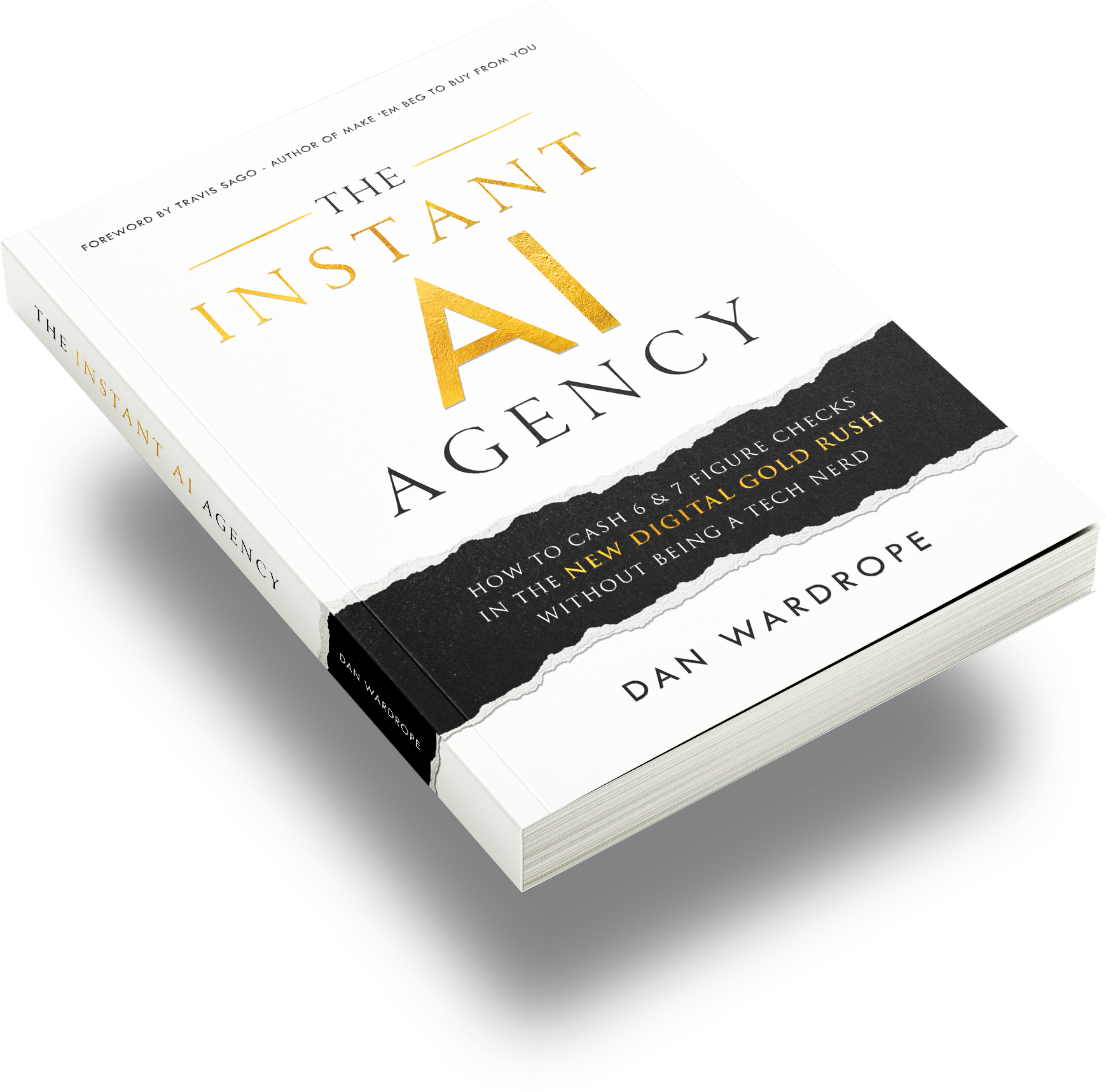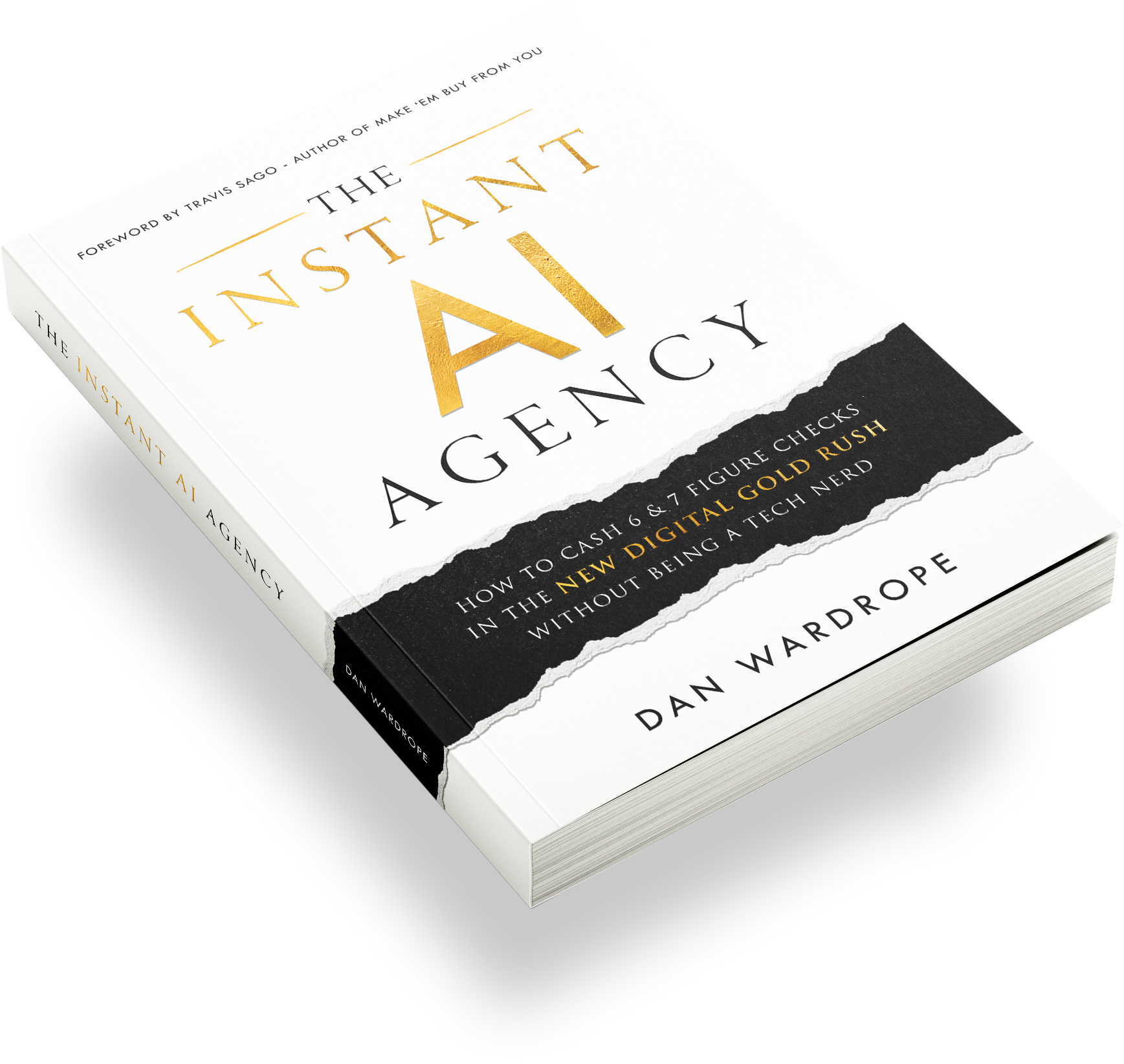Did you know that 46% of new employees will fail in the first 18 months?
With only 19% achieving unequivocal success?
And the reason so many new hires fail has nothing to do with their technical abilities. It’s all about their interpersonal skills.
26% will quit because they can’t accept criticism.
23% leave because they can’t handle their emotions.
17% because they lack motivation.
15% because they can’t keep their temper in the office.
In fact, only 11% of new hires fail because they can’t get their head around the actual job.
But wait, there’s more.
According to the Management Consultant Dr Gary Kustis, 80% of an organisation’s turnover is caused by bad hires, with 41% of businesses claiming the direct cost of a bad hire is $25,000.
If this all sounds like a total bummer, it’s because lousy hiring choices are (un)surprisingly common.
And it’s not all down to a poor pool of candidates. For all the employers gnashing their teeth over new hires that have fallen short, almost 60% of job seekers say they’ve had a poor candidate experience in the past.
The reason for all this disappointment and discontent should be blindingly obvious. If you think about it, the interview and hiring process has been stuck in a rut for decades.
The Prevalence of Poor Hiring Practices
There’s an old saying that goes “if it ain’t broke, don’t fix it”.
The hiring process has been the same for forever and a day. Any company, from international businesses to startups follow the same old routine:
1. Create a job advertisement. This usually contains a bit about the company, some role objectives and a description of the experience/skills required. It often ends with something about “family” that’s so cliched it’s almost tongue-in-cheek.
2. Sift through a heap of applications. You may have an HR department to do this, or you could do it yourself. Either way, you need to turn 200 applications into 10 by the end of the week.
3. Interviews. 45 minutes to an hour? Check. The same tired, old questions? Check. A list of tick boxes that you didn’t even come up with? Check. And if the role is super competitive, you may have to go through this two or three times.
4. Make an offer. Wait for the employee to get back to you.
5. Start signing contracts confirming the hire.
Nearly 20 years into the 21st century, an overwhelming percentage of both employees and employers are saying that the hiring process is “broke”.
It’s time we fixed it.
Why Poor Hiring Choices Happen In The First Place
Learning how to do anything properly takes time and effort. It’s the same for interviews – both for the interviewer and interviewee.
When I started hiring at FlexxDigital, I made tonnes of mistakes. If I liked the person, but their CV or interview wasn’t up to scratch, I’d give them the benefit of the doubt.
Worse, if I liked the person, I wouldn’t even ask for a reference. I went with my “gut feeling” which, more often than not, turned out to be completely wrong.
What I did find out was that bad hires can cause damage very, very quickly – and not just financially. A toxic hire can cause unrest and dissatisfaction among your other employees. Likewise, an underperforming hire can be the root of frustration when other team members have to pick up their slack.
But, in truth, we’re all human, and hiring is a time-consuming process we’d rather get over and done with.
In fact, studies have shown that, when faced with a slew of unsuitable candidates, an employer would prefer to hire someone below par than no one at all (NewtonSoftware.com).
These are the top reasons for making a “bad hire”:
- 43% of employers needed to fill the position quickly
- 22% of employers said there was insufficient talent in those who applied
- 10% said they didn’t have time to look at the applications properly
- 9% of employers didn’t ask for a reference (hi!)
- 8% didn’t take into account their company’s culture
And a whopping 69% of employers said bad hires happened because their interview process was “broken”.
Thankfully, I’m a great believer in the adage “the definition of insanity is doing the same thing over and over and expecting a different result”.
Here are my top tips for improving a “broken” hiring process. They’re the same ones I used to create my “forever” team.
1. Write An Engaging Job Post…
I see so many bad job posts on the net, I’m starting to wonder if employers are doing it on purpose.
I kind of get it. Not every business has an HR department or can spare someone to draft and redraft a job listing until it’s perfect. But when I see “good verbal and writen comunication” under “Desired Skills”, I have to laugh.
I won’t go too in-depth with what makes a good job listing, but here are a few pointers:
- Use an appealing job title. Even if the actual job is nothing to get too excited about, strong keywords will attract the kind of candidates you’re looking for.
- Mention your location. You don’t want to invite someone to interview, only to have them turn it down because they were hit with a 200-mile travel distance.
- List the salary (or ballpark figures if you’re really not sure). A job’s salary is a good indicator of the level of expertise and responsibility the role requires. And, let’s face it, everyone is financially motivated. Advertising a job with the attitude “if they really want it, they won’t care what they’re being paid” is just lying to yourself.
- Write about your company. Unless your business carries the same international familiarity as McDonald’s, potential applicants don’t like guessing what industry you’re in. Try and relate the description to the role; if the applicant wants to find out more, they’ll do some research.
- Use the correct contact details. This should speak for itself.
2. … Then Add A “Trick Question”
Even if you include everything you should, job post descriptions are some of the most skimmed-over documents on the planet. Most people have an idea of A) what kind of job they want, B) what kind of salary they want and C) what kind of skills they need to get A and B.
And, because of the “broken” hiring process, most job posts for a Marketing Officer, PPC Manager, Copywriter, etc. are almost exactly the same. If someone is mass-applying for the same role across various companies, you can be almost sure they’re not spending precious minutes reading every job description.
Combat the monotony of your job post by asking for something more unusual than a CV and cover letter (though you should ask for those too).
In my last job listing, I signed off with, “Along with your CV and cover letter, please attach a short document naming three celebrities you’d like to have over for dinner, and why“.
There’s no need to perform an in-depth analysis of each candidate’s response.
The point to this exercise is to see if it gets done.
I’ve found as many as 50% of applicants will miss this question because they didn’t read the job description properly.
That’s 50% of applications you can discard immediately.
3. Subject Lines and PDF Formats
When advertising a job, I give potential applicants two clear instructions.
1. To email their application with a specific subject line. That could be something as simple as “FlexxDigital PPC Rockstar Job”.
2. That their CV and cover letter should be in a PDF format.
These aren’t unreasonable requests, but you’d be amazed by how many applicants miss the mark.
You need to reduce possible candidates to those who can follow basic instructions straight off the bat. Think of techniques like these less as “traps” and more of a necessary route to narrowing down a swollen, boggy interview process.
4. Treat Applicants To A Quick Telephone Interview
Once I’ve gone through the applications, I’m left with about 15 people I’m interested in.
To be honest, I don’t want to meet all those people face-to-face.
Instead of agonising over who gets the chop based off two bits of paper, I pick up the phone.
According to Chicago Sun-Times, 81% of Millennials actively avoid telephone calls or resent picking up.
It may not be fair to exclude candidates based on their telephone manner, but adapting to uncomfortable situations is just part of life.
At the end of a 15-minute telephone call, I want to see that the candidate has:
- Good communication skills
- Energy
- Intelligence
- Logic
- Work ethic
- A personality that fits well with my team
I also use the call to ask some standard interview questions, before I launch into the meatier ones in a face-to-face interview.
Any applicant worth their salt should be able to answer these questions naturally and thoroughly:
1. Why did you leave your previous role?
2. Name a time you made a mistake. Tell me how you handled it.
3. Tell me about a time you went above and beyond the requirements for a project.
4. What type of company environment most contributes to your success?
Once I’ve gone through the telephone interview process, I have about five or six people I want to meet face-to-face.
The important thing is to keep culling.
5. Face-to-Face Interviews
Technically, a phone interview should be less pressure than a face-to-face meeting (even if the candidate is phone-phobic). The applicant is in a familiar environment, in casual clothes, and probably have some notes.
When first introduced to your interviewees, keep an eye out for the following:
- Punctuality
- What they’re wearing
- Articulation
- Confidence
- Cognitive skills
- Whether they’d be a good fit.
Most people know they have to make a good impression when attending an interview. What fewer people know is that a first impression is made within seven seconds of meeting.
Unfair? You betcha.
God’s way of saving you a good chunk of time? Probably.
You should have got through the standard questions in your telephone interview. The face-to-face is your chance to really see what kind of person the applicant is.
I make no secret of the fact that a large part of my life has been based around sports. Winning games (football, basketball) all revolve around teamwork, no matter the different personalities in the group.
When interviewing your candidate, keep a keen eye out for how many times they say “we” versus “I”. Plainly, candidates want to shine during an interview (duh). But if all the focus is on how amazing they are, they may have trouble sharing credit or gelling in a team environment.
This is also your chance to ask questions outside of the norm. Anyone used to interviews will have an answer to “what are your main strengths?” etched into their skulls. However, questions like “what is your favourite non-fiction book or podcast?” is different enough to present a curveball.
And the answer is important. People usually read non-fiction to better themselves and enhance their prospects. If someone appears desperate to become a PPC Manager and they haven’t read a single book on PPC, they’re not going to go over-and-above for your business goals either.
6. The Kolbe Test
At this point, you should have two or three candidates you can see in the role.
So far, you’ve spent about an hour with each person (the 15-minute call and a 45-minute interview). It’s still not enough exposure to know who you’re willing to spend years managing.
At this point, I give my top two or three candidates a Kolbe Test.
The Kolbe RightFit assessment is one of the top career tests that measure a candidate on four traits:
1. Fact Finding. Can the candidate acquire information, then explain, simplify and strategise it?
2. Follow Thru. Can the candidate organise, adapt and systemise data?
3. Quick Start. How quickly can the candidate get a job done? This section measures the candidate’s creativity, diversity of thought, and ability to cope with sudden change.
4. Implementer. This test measures how a candidate handles space and objects.
The test is 36 questions and taken online. Each item has four possible answers, and the candidate needs to number them from 1 to 4. 1 = Most Likely, while 4 = Least Likely.
Here are a couple of sample questions:
- If I were told to hurry finishing a project, I would:
- Hurry to finish it
2. Take my time to get it right
3. Discuss the rush
4. Enlist a coworker to help
- If I were trying to solve a problem, I would depend on my:
1. Experiments
2. Ability to organise
3. Skills
4. Research
For the Kolbe to work, you need to know exactly what traits you’re looking for in the role.
A top-class videographer is definitely going to give different answers to a professional PPC Manager. You need to take this into account.
For more information on the Kolbe Test, just click here. The basic test costs $50.
Conclusion
Is this process lengthy? Yes.
Will it save you money, time and effort in comparison to plunging into the deep end with a lousy hire choice? Also yes.
You should leave no stone unturned when you’re sourcing the right talent for your PPC “Forever” team. Ask the right questions, make the extra effort. A lengthy hiring process will set you back days. A bad hire could set you back months, or even years.
And no one wants that.










